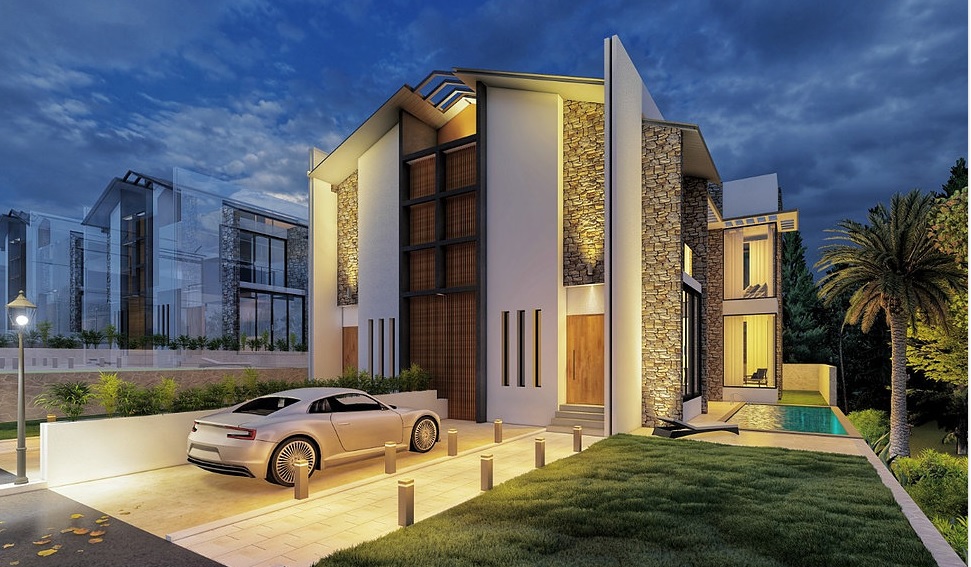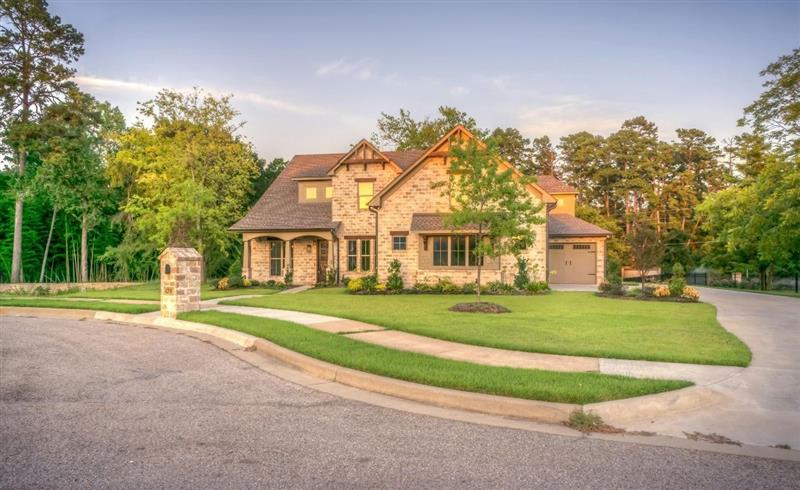
Table of Contents
Quick Overview
- Green cement is the eco-friendly alternative to cement.
- It is manufactured using industrial waste byproducts.
- Green cement types – Ekkomax, Magnesium Oxychloride Cement, Geopolymer Cement, Ferrocrete, Calcium Sulphonate Cement, Sequestrated Carbon Cement
- Advantages – High Strength, low shrinkage, resistance to corrosion, lowering carbon footprint
- Applications – Flyover, pavements, pile foundation and dams
Green cement is a groundbreaking innovation in the building industry. It is a long-lasting, environmentally-friendly cement that can significantly reduce the global carbon footprint of cement manufacturing. According to statistics, traditional cement production accounts for around 8% of global carbon dioxide emissions. The figure can be greatly reduced through the use of green cement. The carbon dioxide emitted during its manufacturing process is significantly lower, with reports suggesting a 40% reduction in carbon footprint.
What is Green Cement?
Green cement is an environmentally-friendly alternative to conventional cement, manufactured using carbon-negative techniques. The majority of the raw materials used in its production are industrial waste byproducts. The primary components used in the production of green cement include blast furnace slag and fly ash, which are typically discarded as waste. The use of sophisticated technology results in a very energy-efficient production process. The amount of carbon dioxide emitted during this procedure is quite minimal. It is also economical as the raw materials used in its production are largely industrial waste.
Types of Green Cement
1. Ekkomaxx Cement
Developed in the United States by Ceratech, Ekkomaxx Cement contains 95% fly ash and 5% renewable liquid additives. According to Global Cement, it is manufactured with an almost negligible carbon footprint, reduces the use of virgin material by 95%, and cuts water usage by 50%. Ekkomax cement offers high early strength, resilience, crack resistance, low chloride permeability, sulphate attack resistance, durability, corrosion resistance that is more than three times that of conventional cement, and resistance to freezing and thawing that is greater than that of conventional cement.
2. Magnesium Oxychloride Cement (MOC)
Magnesium Oxychloride Cement (MOC) is a low-carbon, environmentally-friendly cement made from two basic ingredients: magnesium oxide (MgO) powder or a concentrated solution of magnesium chloride (MgCl2), both byproducts of the magnesium mining process. MOC has a high compressive strength and sets quickly. Notably, MgO absorbs CO2 from the atmosphere. However, MOC’s strength diminishes with water exposure. This can be mitigated by adding 15% fly ash and the same quantity of silica fume. These additives fill the porous structure of MOC, increasing the density of the concrete. To enhance resistance to warm water, phosphoric acid and soluble phosphates must be added. Finally, magnesium oxychloride cement causes steel corrosion and is therefore not suitable for reinforced concrete structures unless further treatment is applied.
3. Geopolymer Cement
Geopolymer, usually known as alkali-activated cement, is made from aluminosilicates rather than the more environmentally harmful calcium oxide. Aluminosilicates are derived from industrial byproducts such as fly ash. It is cost-effective, performs comparably to standard Portland cement, and emits 95% less CO2.
4. Ferrocrete
Ferrocrete cement is made by combining silica and iron, both of which are scrap byproducts from the steel and glass industries. This material is cured with CO2, making it potentially carbon-negative. Ferrocrete was invented by scientists at the University of Arizona.
5. Calcium Sulfoaluminate Cement
The calcium sulfoaluminate cement is manufactured in kilns at a lower temperature (1232.2 C / 2250°F) compared to traditional cement (1426.6 C/2500°F), thereby reducing CO2 emissions. It sets quickly, achieving 28-day strength in just 24 hours, making it ideal for time-sensitive projects like bridge decks or airport runways. When a higher amount of gypsum is added, the calcium sulfoaluminate cement can be used as a shrinkage-compensating cement. Compared to Portland cement, this cement can save up to 25% energy and reduce CO2 emissions by about 20%.
6. Sequestrated Carbon Cement
In California, Calera Corporation has developed a method of producing cement using seawater or salt combined with CO2. Here, CO2-rich gases are filtered through seawater, and calcium and magnesium are extracted and combined with CO2 to form a high-quality cement that is white, breathable, and stronger than traditional Ordinary Portland Cement.
7. Cement Produced Using Superheated Steam
The superheated steam method can be used to alter the cement particles and make them highly reactive. After separation, the released CO2 can be collected using this method.
8. Cement Produced with Reactive Hydrothermal Liquid-phase Densification
This cement uses the same raw ingredients as standard Portland cement, but at lower temperatures and via a different chemical reaction that emits less CO2. Mixed with water and CO2, it reacts to form calcium carbonate and silica, which harden to form concrete. This technology was developed by the Solidia Technologies (USA), in collaboration with Lafarge, aiming to commercialise sustainable cement.
Advantages of Green Cement
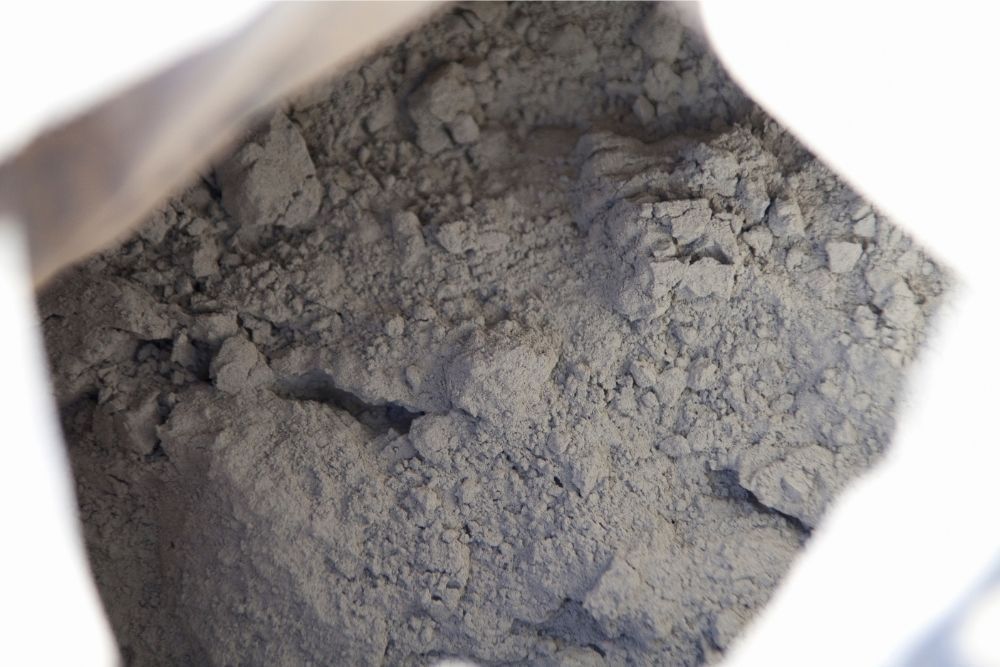
- Made from industrial wastes such as slag and fly ash, green cement helps address the problem of industrial waste disposal and land pollution.
- As it uses waste materials and no fossil fuels, production is both economical and eco-friendly.
- High tensile strength, low shrinkage, and resistance to corrosion, acid rain, and temperature variation make it ideal for infrastructure projects.
- Its carbon footprint is approximately 80% lower than that of traditional cement.
Applications of Green Cement
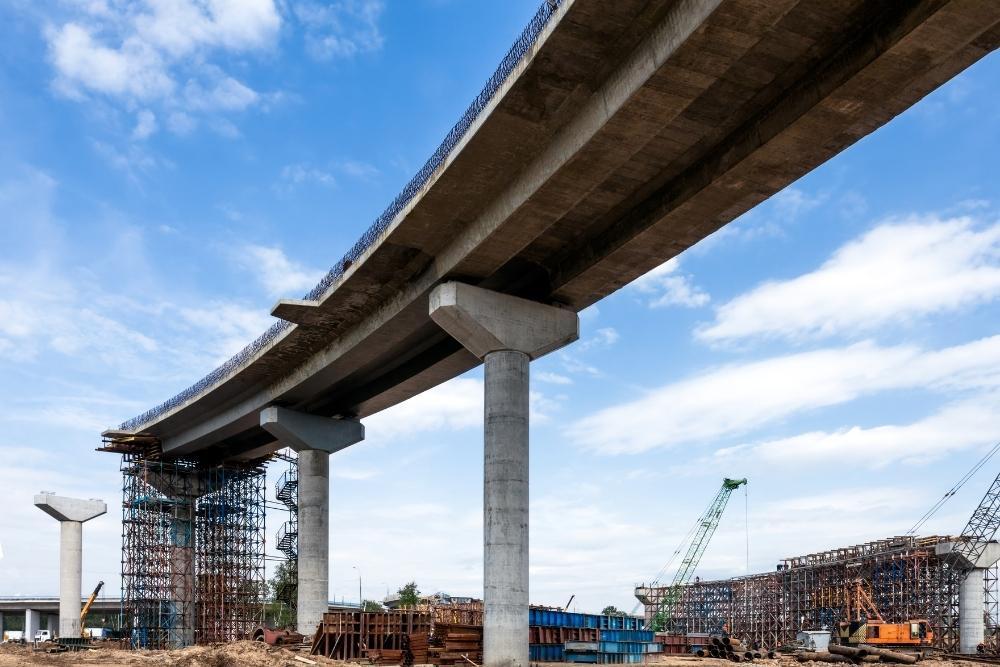
It can be used in a wide range of projects, including flyovers, pavements, concrete pile foundations, large-scale marine construction projects, dams, concrete pipe blocks, and local projects close to the ocean.
Green Cement is the Future of Construction
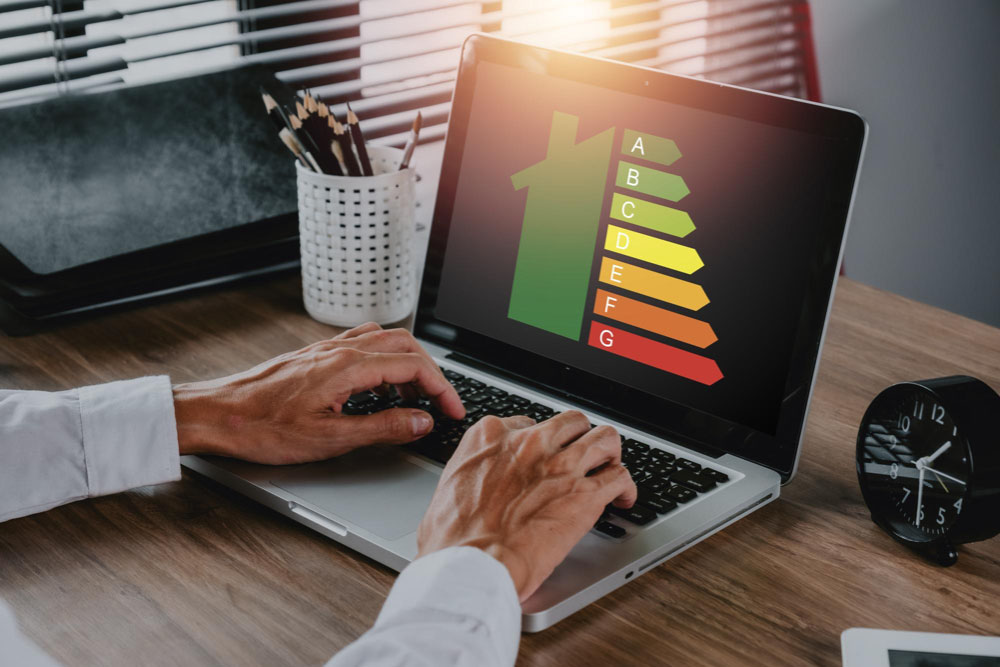
Green cement is a ground-breaking material made in an eco-friendly manner that can contribute to the construction of a sustainable future. The industry requires environmentally friendly, economically advantageous cement production processes. The necessity of adopting eco-friendly or sustainable construction materials has also been acknowledged by decision-makers. Two such Indian organisations that evaluate green buildings are the Indian Green Building Council (a CII organisation) and GRIHA (Green Rating for Integrated Habitat Assessment). These organisations have established certification systems to evaluate the environmental performance of buildings. The construction materials used, including green cement, play a critical role in these evaluations.
Conclusion
The demand for green cement in the world is being driven by growing public awareness of the need to reduce carbon emissions and their harmful effects on the environment. Additionally, compared to conventional cement, green cement offers higher functionality, uses fewer natural resources in manufacturing, and emits less carbon dioxide. Green cement will make it possible to build sustainably, which is a significant step in saving the environment.
A ground-breaking material that is produced in an environmentally responsible manner and serves as the cornerstone of sustainability is green cement. As a foundational material for sustainable development, green cement is gaining popularity among builders and urban planners. Its adoption is further fuelled by eco-conscious regulations and urban expansion strategies, making it a profitable and responsible choice for the future of the construction industry.
Also Read: Green Concrete: The Future of the Construction Industry
FAQs on Green Cement
1. What is the Purpose of Green Cement?
Green cement is an sustainable alternative to cement that can lower the cement production’s carbon emissions by up to 40 percent.
2. Can We Use Green Cement in All Types of Construction?
Yes, it can be used in different construction application including residential, commercial and infrastructure.
3. What is the Role of Green Cement for Sustainable Future?
Green cement reduces carbon emission, conserverving natural resources and improving building lifespan and durability.
References
Global Cement. (2014) CeraTech Establishes New Standard for Sustainable Cement. [Online] Available from: https://www.globalcement.com/news/itemlist/tag/Ekkomaxx
Author Bio
Mira Zala – Mira Zala is a civil engineer by profession and an avid content writer. She graduated from S.S. Gandhi Degree Engineering College, Gujarat. She loves to write blogs on building materials, gardening and technology. Apart from writing, she loves singing and painting.











